Search Images
Browse Content (p. 1514)
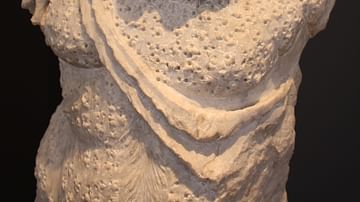
Image
Silenus Statue
A marble statue of Silenus, the satyr who tutored Dionysos in Greek mythology. A 2nd century CE copy of an earlier Greek original. From via Flavia, Rome. (Palazzo Massimo, Rome)
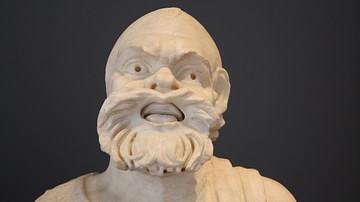
Image
Actor with Mask of Silenus
A marble sculpture depicting a Greek actor wearing the mask of Silenus, the satyr who tutored Dionysos in Greek mythology. Such a mask would have been worn by the leader of the chorus in Greek Satyr plays. Possibly part of the decoration...
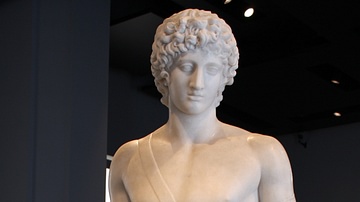
Image
Apollo Statue, Palazzo Massimo
A marble statue of Apollo showing his familiar attributes of a quiver slung over his shoulder, the snake, and the laurel. From an imperial villa in Rome. 2nd century CE classicizing copy of a 4th century BCE Greek original. (Palazzo Massimo...

Image
Socrates Bust, Palazzo Massimo
A pentelic marble portrait bust of Greek philosopher Socrates. 1st century CE copy of an earlier Greek original. Found in Piazza Venezia, Rome during public works. (Palazzo Massimo, Rome)

Image
Diphilus
A marble portrait bust of the Greek comedy poet Diphilus. 1st century CE copy of a 4th century BCE Greek original. (Palazzo Massimo, Rome)
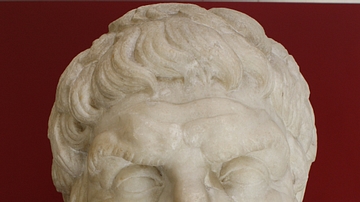
Image
Epicurus Bust, Palazzo Massimo
A pentelic marble portrait bust of Greek philosopher Epicurus (341-270 BCE). 1st century CE copy of a 3rd century BCE original. (Palazzo Massimo, Rome)
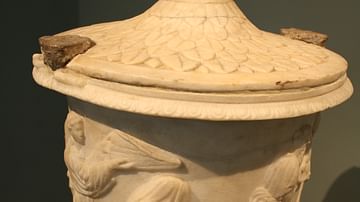
Image
Roman Funerary Urn
A marble funerary urn decorated with scenes depicting the intiation of Hercules into the Eleusian Mysteries. In the scene visible here a priestess holds a wicker screen over an initiate whose head is covered with a lion-skin. 1st century...
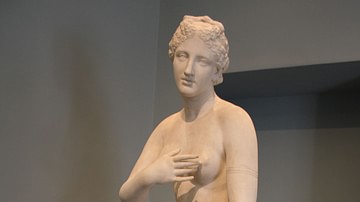
Image
Aphrodite by Menophantos
A marble statue of Aphrodite by Menophantos. The casket on the statue's base is inscribed in Greek: 'of the aphrodite which is situated in the Troad, Menophantos made it'. It is a contemporary copy of a 1st century BCE statue and was found...
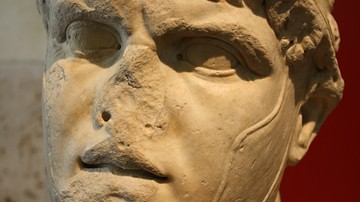
Image
Philip V of Macedon, Palazzo Massimo
A marble portrait bust of Philip V of Macedon r. 220-179 BCE. A 2nd century CE Roman copy of a Greek original. (Palazzo Massimo, Rome)
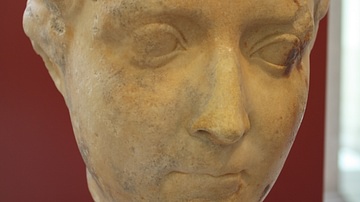
Image
Livia
A portrait bust of Livia (58 BCE - 29 CE), wife of Roman emperor Augustus. Her hairstyle is typical of the day with a front nodus from which a braid runs over the head and behind, binding the coil of hair at the back. (Palazzo Massimo, Rome...